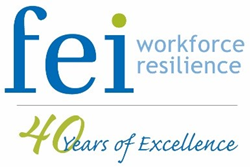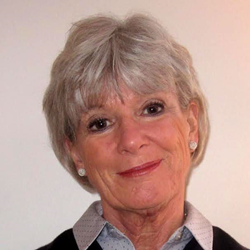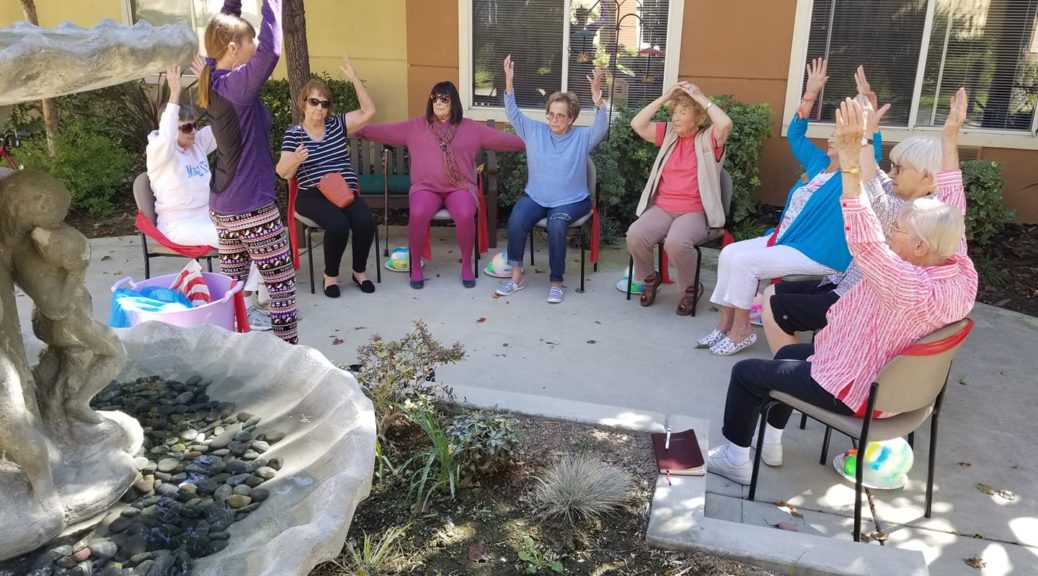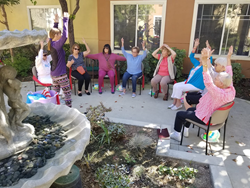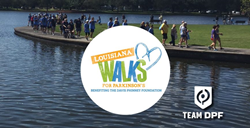“At the AAFP, we have always believed that simply focusing on burnout is not as productive as working toward improving well-being and professional satisfaction.”
LEAWOOD, Kan. (PRWEB)
October 15, 2019
The American Academy of Family Physicians (AAFP) has recently partnered with the Well-Being Index to assess and combat clinical distress on several dimensions to ensure their members’ well-being.
The Well-Being Index is an online tool that allows participants to measure their distress and well-being over time and receive customized resources based on their results. The validated tool was invented by the Mayo Clinic as a solution to long, unhelpful assessments and measures six dimensions of distress and well-being: meaning in work, likelihood of burnout, severe fatigue, work-life integration, quality of life and suicidal ideation.
The AAFP understands that distress is a growing epidemic in the health care industry and is dedicated to prioritizing its members’ well-being. In fact, the World Health Organization has recently labeled burnout—one dimension of distress—as an official medical diagnosis.
Statistics show that one-of-four workers in the United States experience professional burnout. In the health care setting, this figure climbs to nearly 50 percent. The AAFP has chosen to go beyond burnout and measure well-being on several dimensions as part of their holistic wellness program.
“At the AAFP, we have always believed that simply focusing on burnout is not as productive as working toward improving well-being and professional satisfaction,” said Clif Knight, M.D., the senior vice president for education at the Academy. “By utilizing the Well-being Index, family physicians will be able to gauge their current status. They can then use the information from the index to serve as motivation for seeking personal improvements in well-being.”
By partnering with the Well-Being Index, the AAFP has joined hundreds of hospitals and organizations worldwide in taking the initiative to fight against distress. Academy members will now have the opportunity to anonymously track their well-being over time, compare their results to peers’ and national averages, provide feedback and receive customized local and national resources.
Share article on social media or email:


